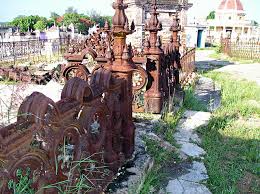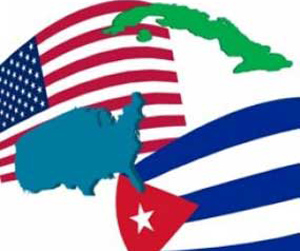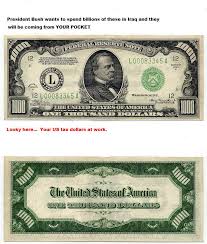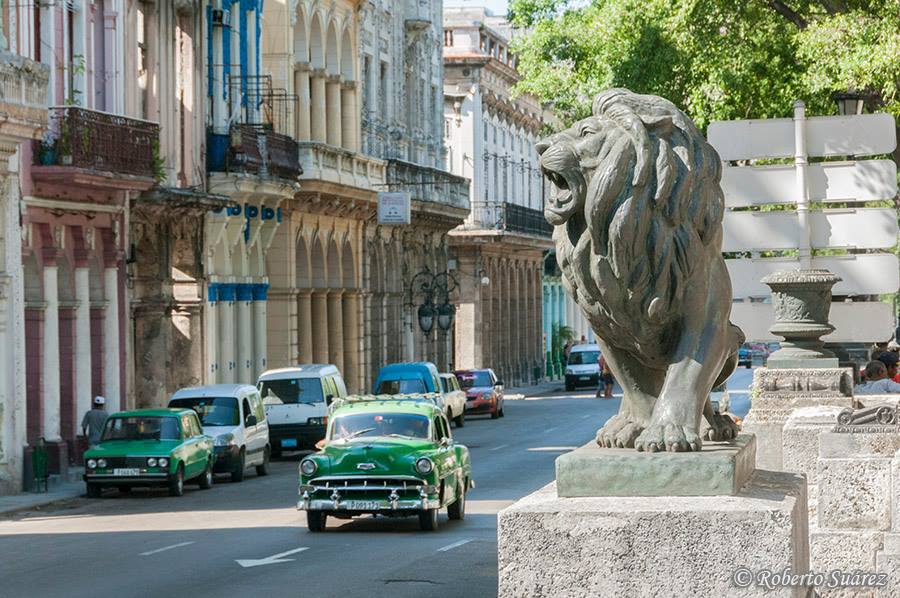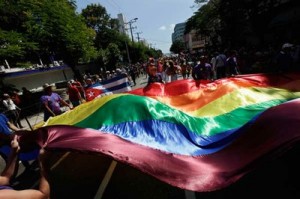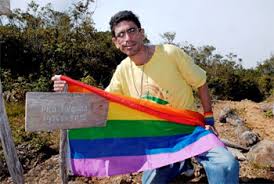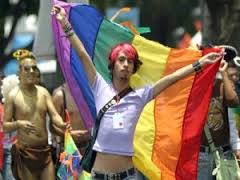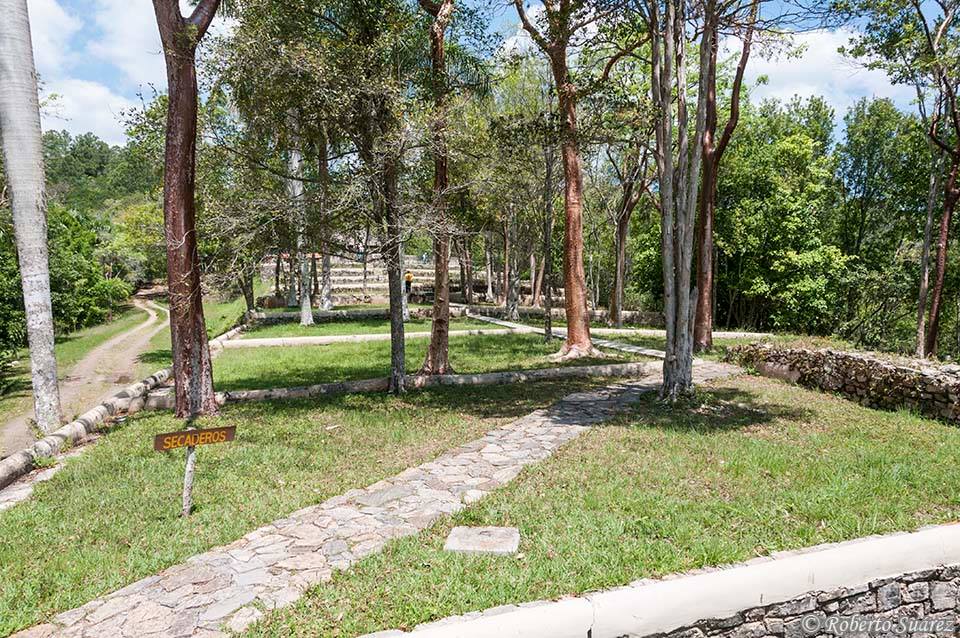CUBA: DE NUESTROS PRIMEROS CEMENTERIOS.
Antes de la colonización española de Cuba, nuestros aborígenes sepultaban a los cadáveres de sus congéneres en las cavernas. A veces los enterraban más de una vez, ofrendándoles adornos, armas y los instrumentos de trabajo del fallecido en vida. Los cubrían con un polvo rojo o los depositaban sobre una alfombra de caracoles, o de conchas nacaradas.
Eran también muy frecuentes los entierros colectivos, colocando en el centro al personaje de más jerarquía en vida.
Las inhumaciones se realizaban justo al lado de las habitaciones de personas que aún vivían, en las cavernas, por supuesto. Las posiciones más frecuentemente utilizadas eran las fetales, boca arriba, o bocabajo.
La colonización ( apuntalada por la Iglesia Católica), puso control a los enterramientos de los nativos y también de los propios españoles que morían por causa diversa. Se trasladó a cada villa fundada en la Isla, la vieja costumbre Ibérica de inhumar en la casa de Dios. Que duró más de trescientos años después de iniciada la colonización. La tradición proviene de las célebres partidas del monarca Alfonso X, El Sabio, y que fue derogada alrededor del año 1750 por el Despotismo Ilustrado. Luego las autoridades ajenas a las eclesiásticas la revocaron y se continuó enterrando en las iglesias hasta finales del siglo XIX.
En la villa de San Cristóbal de La Habana se erigió una Parroquial Mayor, construida de lodo y guano, en el puerto de Carenas, la cual fue pulverizada por piratas y corsarios alrededor del año 1540. O dos años antes.
Y en ese lugar(el primer templo que tuvo la ciudad), se realizaron los primeros enterramientos. Una docena de años después que los piratas destruyeran a la Parroquial, se construyó otra con un cementerio tapiado, con más condiciones. En la sacristía se inhumaban sacerdotes y pudientes. La prueba es que se encontraron esqueletos en perfecto estado de conservación cuando se removieron los terrenos de la Plaza de Armas en el año 1834. Donde actualmente los libreros colocan sus estantes.
La segunda iglesia de La Habana fue la del Espíritu Santo, erigida alrededor del año 1635. Luego fueron construyéndose el resto. Cabe aclarar que se enterraba teniendo en cuenta la posición social del fenecido. Ser sepultado cerca del altar mayor, costaba más de 135 pesos oro.
Sólo los niños inhumados en este lugar pagaban una decena de pesos oro. A los mulatos y negros libres, se les inhumaba cerca de la puerta o detrás de donde se situaba el coro, por dos o tres pesos oro.
Los esclavos mucho más atrás del mismísimo coro por, ¡8 reales!, y los niños negros, mulatos e indios, en el mismo sitio por dos pesos oro y unos cuantos reales. Cavar las sepulturas no era gratuito, abrir una para un adulto salía por una docena de reales y la de los infantes, media docena de reales.
Los que no tenían ni donde caerse muertos, valga la redundancia, mendigos, vagabundos, etcétera, los enviaban a los Uveros, un pudridero, ubicado en la antigua hacienda Los Frías, en el litoral de San Lázaro.
De vez en cuando una epidemia diezmaba a los habitantes de la Isla y la mortandad superaba el espacio destinado a los enterramientos en las iglesias. A mediados de la primera década del siglo XIX, las autoridades eclesiásticas deciden por esta razón poner fin a los edictos medievales.
Comentan que cuando Humboldt visitó La Habana, salió de allí hablando horrores de la ciudad. La consideró una urbe sucia y maloliente. Y puede esto leerse sin recato en sus memorias.
Describe a la ciudad como “un sitio intransitable, de calles fangosas, estrechas, mal ventiladas y que hiede a fritanga”. No se recogía la basura y las mocas y demás insectos eran turbas densas y sólidas que se echaban sobre el viajero. Los adoquines de las callejuelas estaban hechos de caoba. No de piedra.
La fiebre amarilla abatía a sus habitantes como si de pollos en un matadero se tratasen. Por cada mil personas, morían 60. Era muy necesario construir con urgencia una gran necrópolis y mejorar la higiene urbanística. Para ello tenía deparado el destino al obispo Espada ( Juan José Díaz Espada), de origen vasco.
Aunque dicen que su formación sacerdotal fue en Salamanca. Espada era un hombre muy culto. Fue socio honorario de la Sociedad Económica Amigos del País, y posteriormente su director.
Su obispado se extendió por tres décadas, desde principios del siglo XIX. Influyó en la sociedad habanera de su tiempo, de manera categórica, podría señalarse. Recordemos que entre sus más allegados se encontraban: José Agustín Caballero y Félix Várela, José Antonio Saco, José de la Luz y Caballero y Tomás Romay ( el talentoso investigador y médico, pionero en la vacunación contra la viruela). Espada fue acusado de conspiración anticlerical porque eliminó las diferencias entre ricos y pobres en los entierros y nacimientos, creó una escuela para preparar maestros en la Isla, y perseveró en depurar la sanidad pública que era un desastre.
El Obispo tuvo una larga vida, teniendo en cuenta las condiciones y la época en que vivió. Murió a los 76 años de una apoplejía. En el año 1832. Su sepelio fue el más grande que se recuerda. Le embalsamaron, lo introdujeron en un féretro y fue llevado en hombros de los estudiantes hasta su sepulcro, en el cementerio Espada, el primero de la Isla, construido bajo su supervisión entre los años 1805 y 1806.
En lo que actualmente es un trozo del municipio Centro Habana, en las calles San Lázaro, Aramburu y Espada. Recibía como máximo 3 mil cadáveres al año, pero se quedó pequeño cuando las epidemias asolaron nuestra ciudad, por eso se expandió. Llegando a recibir 10 000 muertos/año. Funcionó 70 años. Por casi tres lustros estuvo tras el hospital para leprosos de San Lázaro. Oculto a la mirada de los viandantes.
El Sepulturero/José Amiéiro Rodriguez/InternetPhotos/www.TheCubanHistory.com
CUBA: HISTORIA DE NUESTROS PRIMEROS CEMENTERIOS.
The CUban History, Hollywood.
Arnoldo Varona, Editor
Por las calles de mi Habana, Cuba. (Cuba en Fotos).
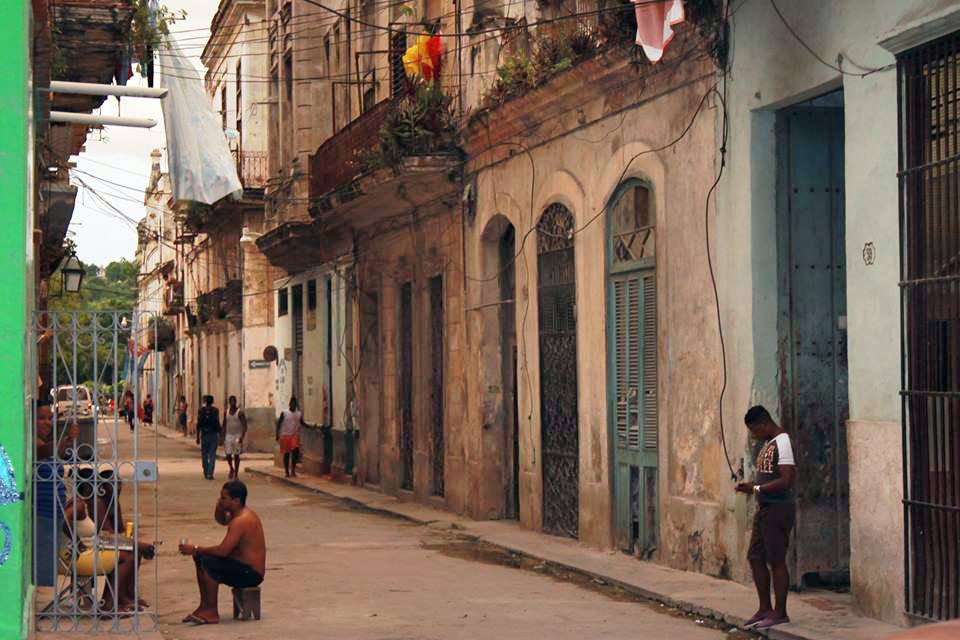
CUBA : HISTORY OF OUR FIRST CEMETERIES. .
Before the Spanish colonization of Cuba , our aboriginal burying the bodies of their counterparts in the caverns. Sometimes buried more than once , you ofrendándoles ornaments , weapons and tools working life of the deceased . The covered with a red powder or deposited on a carpet of shells, or pearly shells.
They were also very frequent collective burials, standing in the center of the character ‘s rank in life.
Burials were made right next to the rooms of people still lived in caves, of course. The most frequently used were fetal position , face up or face down .
Colonization ( underpinned by the Catholic Church) , put control of native burials and also the Spanish people who died from various causes . He moved to each village founded in Cuba, the old Iberian custom of burying in the house of God. That lasted more than three hundred years after the beginning of colonization. The tradition comes from the famous games of the monarch Alfonso X , the Wise, and it was repealed circa 1750 by enlightened despotism . Then those outside the church authorities revoked and continued burying in churches until the late nineteenth century.
In the town of San Cristobal de La Habana one Mayor Parish , built of mud and guano, at the port of Careenings , which was sprayed by pirates and privateers circa 1540. O was erected two years earlier .
And in that place ( the first temple that had the city ) , the first burials were made. A dozen years after the pirates destroyed the parish , another with a walled cemetery with more conditions are constructed. In the sacristy is inhumaban priests and wealthy . The proof is that skeletons were found in perfect condition when the grounds of the Plaza de Armas were removed in 1834 . Currently Where booksellers place their shelves.
The second church in Havana was the Holy Spirit , built circa 1635. Then the rest were constructed . It should be noted that considering burying the social position of the deceased . To be buried near the high altar , cost over 135 gold pesos .
Only children buried in this place paid ten gold pesos. A free blacks and mulattoes , inhumaba them near the door or behind where the choir stood for two or three gold coins .
Slaves himself far behind the choir ,8 reales ! , And black children, mulattoes and Indians, in the same place for two gold coins and a few real. Digging graves was not free to open an adult out of a dozen real and infants , half a dozen real.
Those who had no where to fall dead , redundant , beggars , vagabonds , etc., were sent to Uveros a rotting , located in the former hacienda Los Frías, on the coast of San Lázaro .
Occasionally an epidemic decimated the inhabitants of the island and mortality exceeded the space for burials in churches. In the middle of the first decade of the nineteenth century , church officials decided for this reason to end medieval edicts.
Comment that when Humboldt visited Havana , left there talking horrors of the city. The considered a dirty , smelly city. And can this be read without restraint in his memoirs.
He describes the city as ” an impassable place, muddy streets, narrow , stuffy and smells greasy .” Trash and not gathered mochas and other insects were thick and strong mobs that were missing on the traveler. The cobblestone streets were made of mahogany . No stone .
Yellow fever sweeping through its inhabitants like chickens in a slaughterhouse are treated. For every thousand people, 60 died . Was very urgent need to build a large necropolis and improve urban hygiene. This fate had in store Bishop Espada ( Sword Juan José Díaz ) , of Basque origin .
Although they say that their priestly formation was in Salamanca. Espada was a very cultured man. He was an honorary member of the Economic Society of Friends of the Country, and later its director.
His bishopric spanned three decades , from the early nineteenth century. Influenced Havana society of his time, categorically , it could be noted . Recall that among his closest friends were : José Agustín Caballero and Félix Varela , José Antonio Saco, José de la Luz y Caballero and Tomas Romay ( the talented medical researcher and pioneer in vaccination against smallpox). Espada was charged with conspiracy anticlerical removed because the gap between rich and poor at funerals and births, created a school to prepare teachers on the island, and persevered in purifying public health which was a disaster .
The Bishop had a long life , considering the conditions and the time in which he lived . He died at age 76 of a stroke. In 1832. His funeral was the largest ever recorded . Le embalmed , so they put in a coffin and was carried on the shoulders of students to his grave in the cemetery Espada, the first of the island, built under his supervision between 1805 and 1806 .
In what is now a piece of Centro Habana municipality , in the streets of San Lazaro , Espada and Aramburu . Maximum received 3000 corpses a year, but remained small when epidemics devastated our city , so we expanded. Arriving to receive 10 000 deaths / year. Worked 70 years. For nearly three decades after the hospital was for lepers of St. Lazarus. Hidden from the eyes of passersby .
The Gravedigger / Amieiro José Rodriguez / InternetPhotos / www.TheCubanHistory.com
CUBA : HISTORY OF OUR FIRST CEMETERIES .
The Cuban History , Hollywood.
Arnoldo Varona , Editor




